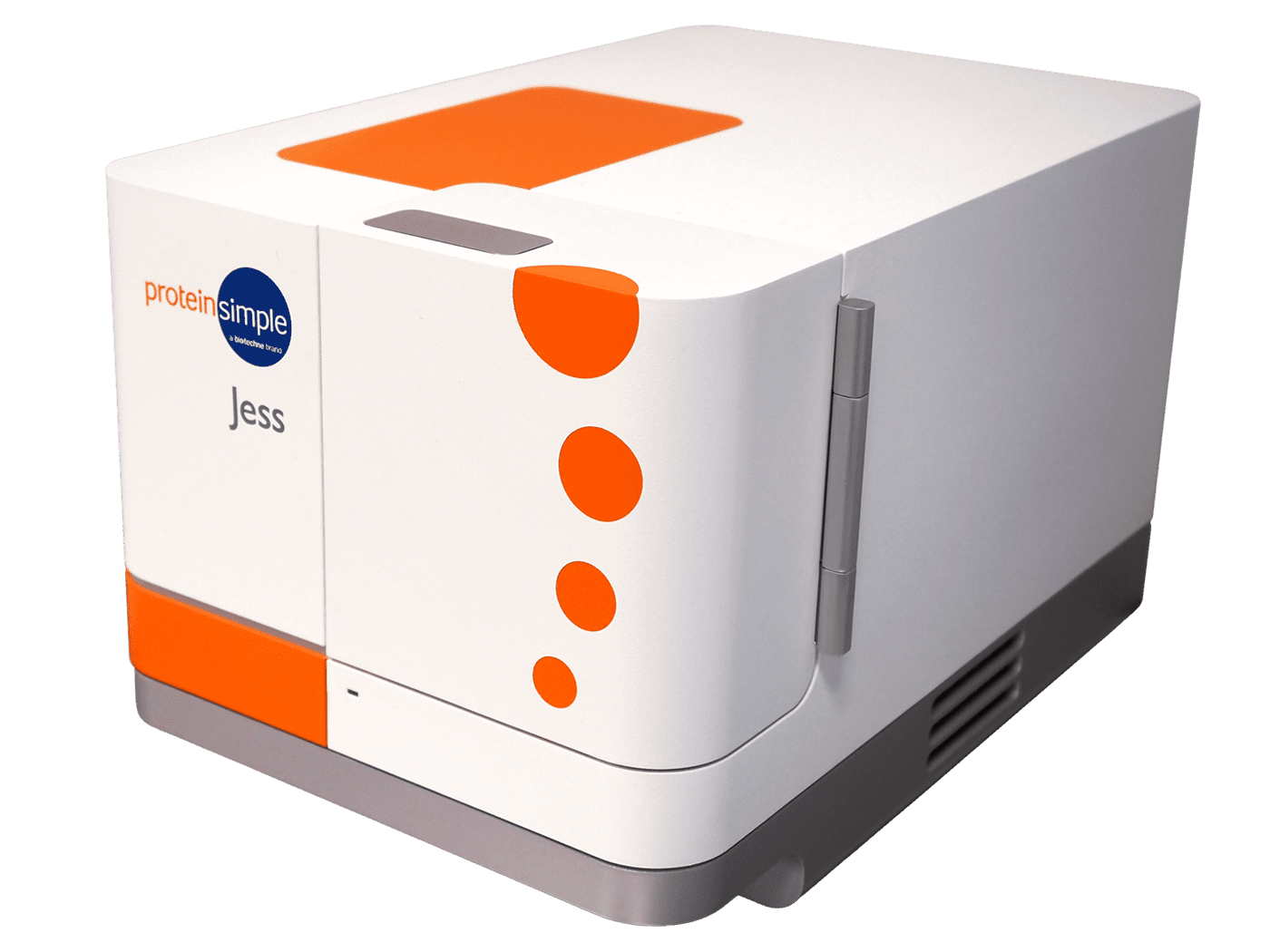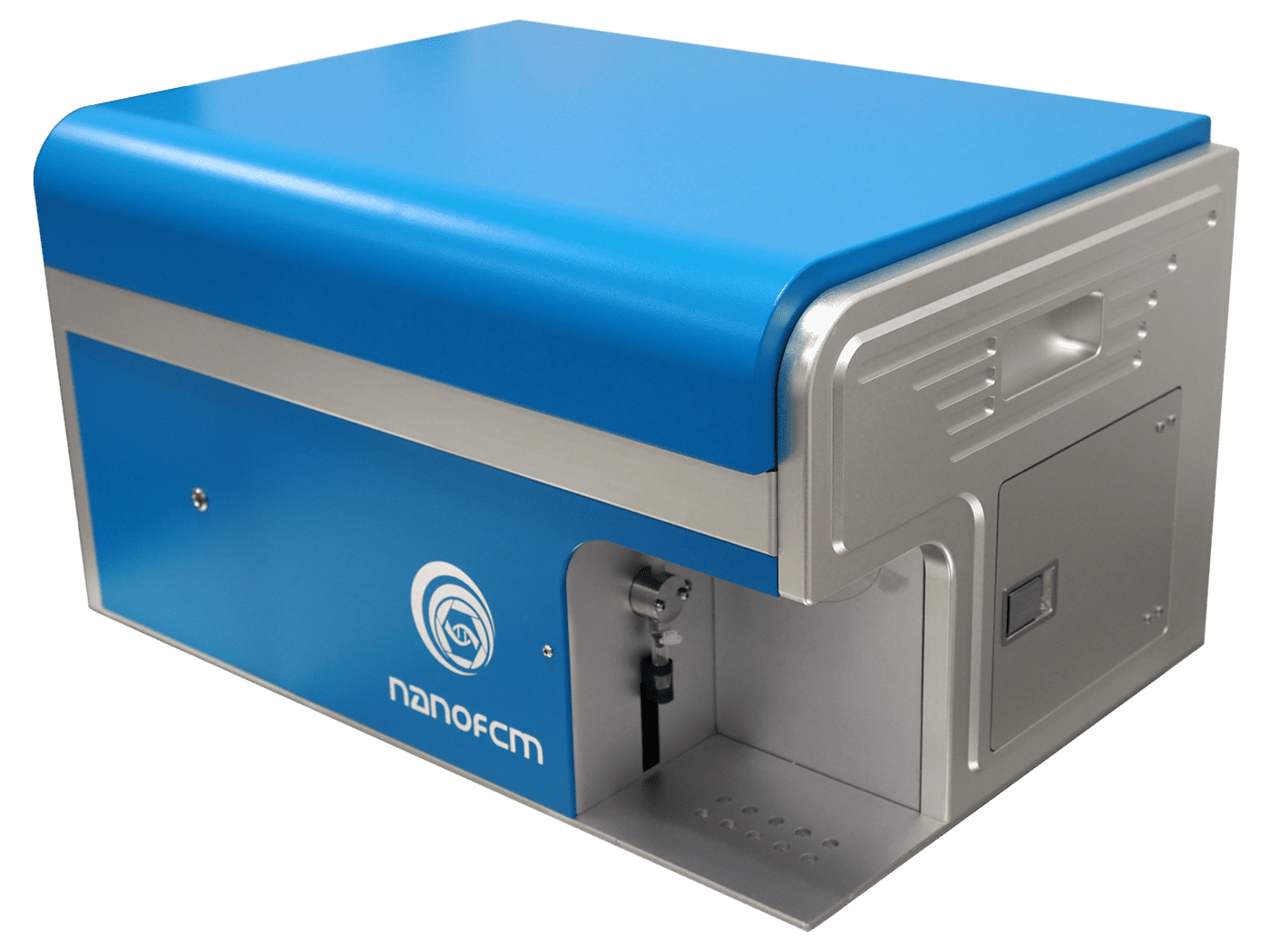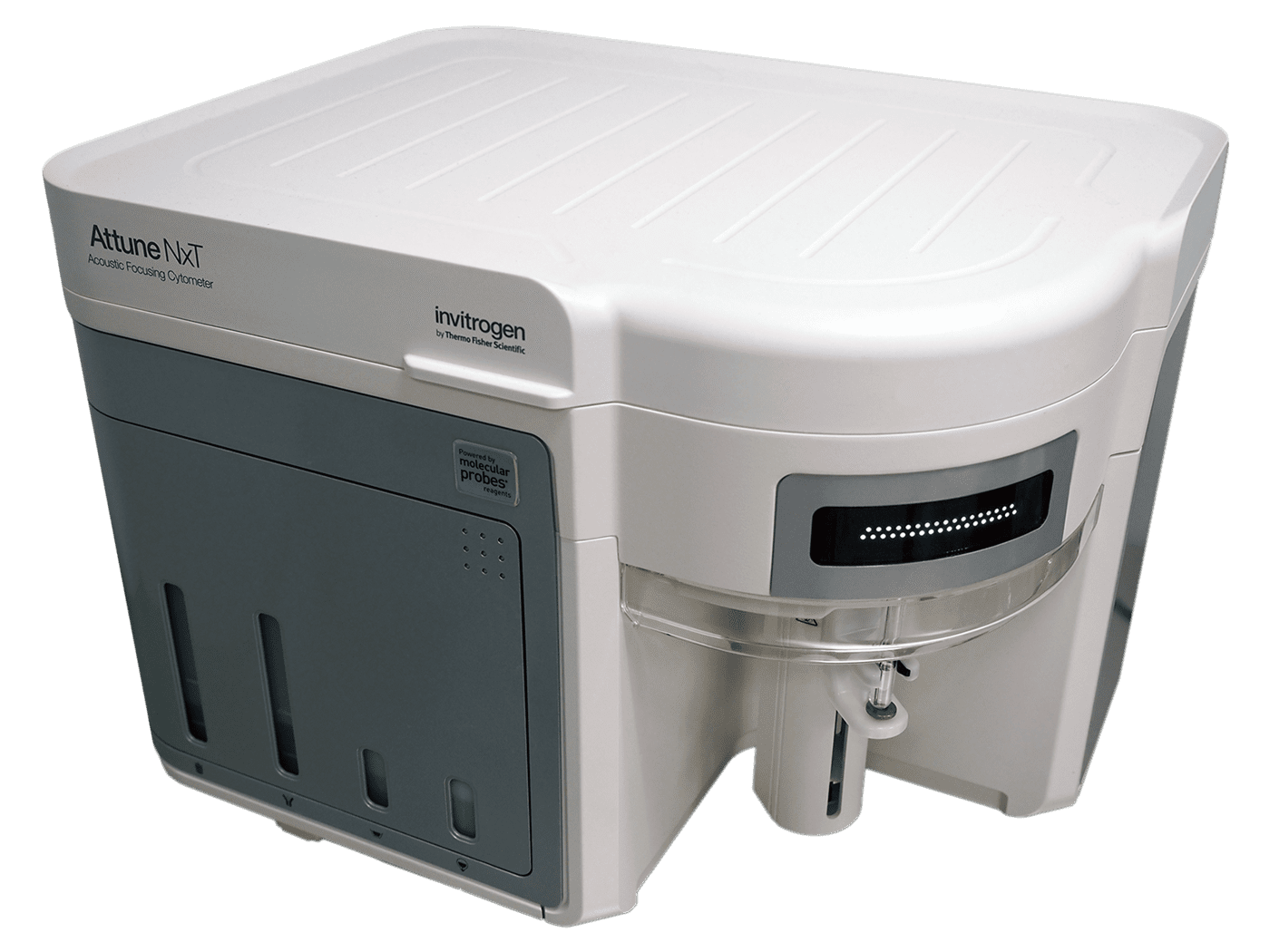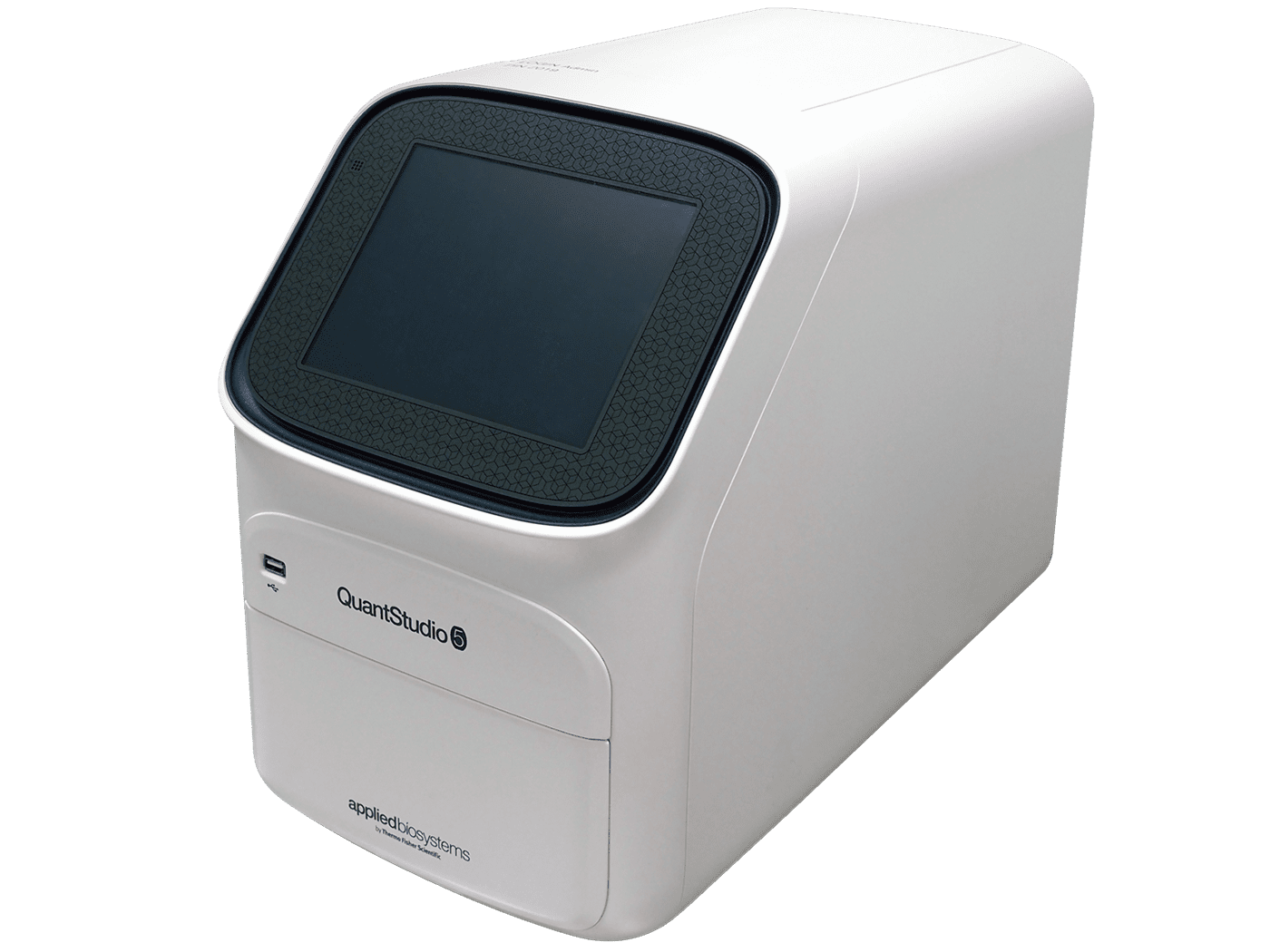Exosome Analytical Services
Exosomes / Extracellular Vesicles (EVs) are an emerging class of biologics that play a crucial role in intercellular communication and hold tremendous promise. A key challenge in the translation of exosomes is the implementation of robust analytical methods for characterization. The size, heterogeneity, and complex composition of exosomes creates challenges for the use of conventional analytical tools and strategies, especially for critical quality attributes such as purity and potency.
RoosterBio has developed an extensive panel of analytical methods to support process development and manufacturing of exosomes, which we offer to our customers as either a stand-alone service or as an integrated component of a broader process development program. Our standard exosome analytics are bundled into five packages along with additional supplemental assays to meet a broad range of customer needs regardless of their cell type or production process.
Contact Us For Your Analytical Needs
We Offer Exosome / Extracellular Vesicle Characterization Packages & Supplemental Assays Specially Designed for Starting & Advanced Programs Alike
| Assay | Assay Result | EV Purity Package | EV miRNA Package | EV Marker Package | EV Base Package | EV Plus Package | Additional Assays |
| Nanoparticle Tracking Analysis (NTA) | Particle Number, Particle Size | ✓ | ✓ | ✓ | ✓ | ✓ | |
| % Lipid Bound MemGlow | % Lipidated Particles by Particle Concentration | ✓ | ✓ | ✓ | |||
| Protein Quantitation | Total Protein | ✓ | ✓ | ✓ | ✓ | ||
| Protein Marker Expression | Simple Jess Capillary Western | ✓ | ✓ | ✓ | |||
| miRNA Quantitation | miRNA Content via Bioanalyzer | ✓ | ✓ | ||||
| miRNA Identity Analysis | miRNA Identity via qPCR | ✓ | ✓ | ||||
| Albumin Analysis | Albumin Protein per mL | ✓ | |||||
| CD73 Bioactivity | CD73-mediated Conversion of AMP to Adenosine | ✓ | |||||
| Angiogenesis | Total Length of Endothelial Cell Networks | ✓ |
Advanced Equipment for Advanced Analytics

ProteinSimple – Simple Western Jess

NanoFCM Flow NanoAnalyzer

ThermoFisher Attune NxT Flow Cytometer

ThermoFisher QuantStudio 5 Real-Time PCR System
Nanoparticle Tracking Analysis (NTA)
Nanoparticle Tracking Analysis is one of the most widely used methods for characterizing extracellular vesicle identity. This assay utilizes light scattering to quantify the size distribution and concentration of particles in a sample which are two key identity components of extracellular vesicle characterization. Results are provided as a concentration in particles per mL and a size distribution graph of extracellular vesicle diameters. This standardized assay is conducted using the ZetaView x30 Quatt.
% Lipid Bound MemGlow
This extracellular vesicle assay uses the NanoFCM Flow NanoAnalyzer to measure the fluorescence of your sample as a percent of particle population that contains lipids. These results will better inform you of what percentage of your particle concentration is made up of extracellular vesicles. Additional assays can utilize either the ZetaView or nanoFCM Flow NanoAnalyzer to assess tetraspanin make-up of the particle population and custom target readouts for your target of interest upon request.
Protein Quantitation
This protein quantitation assay is a widely used identity and content tool to measure total protein content of an extracellular vesicle sample. Quantitation of protein content is a useful metric for process optimization as well as the characterization of a purified sample. Results are provided as total protein per mL and a bicinchoninic acid assay (BCA), microBCA, or Bradford assay will be used depending on customer preference and sample submission.
Protein Marker Expression
This identity assay utilizes capillary western via Simple Western Jess to measure tetraspanin and cytosolic markers. The tetraspanins CD9, CD63, and CD81 and cytosolic markers Alix and TSG101 are widely expressed in different cell types and considered identity markers of extracellular vesicles. This capillary western blot assay provides a sensitive, quantitative readout via image and densiometric conversion for all five markers in sample preparations. Additional assays utilizing the nanoFCM Flow NanoAnalyzer or Simple Western Jess to asses your markers of interest are available upon request.
miRNA Quantitation
Bioanalyzer quantitation of miRNA content, as well as miRNA size distribution, provides a critical content readout for understanding your extracellular vesicles. Results are provided as miRNA concentration (miRNA per µL), gel view of miRNA migration, and electropherogram of size and signal intensity. This assay can also quantify total RNA should it be preferred.
miRNA Identity Analysis
Quantitatively identify specific miRNAs present in your extracellular vesicle samples. This real-time qPCR analysis provides readouts across several functional categories as well as a minimum of two reference readouts. Additional readouts can be customized to your target of interest upon request.
Albumin Analysis
This quantitative ELISA measures human albumin which is a common media component but impurity when found in extracellular vesicle preparations. Step-wise removal of albumin can be an informative analytical readout as well as a purity indicator for “final product” extracellular vesicle samples. The results of this purity assay are reported as albumin protein per mL.
CD73 Bioactivity
CD73 is a canonical identity marker of MSCs and MSC-derived extracellular vesicles that functions to convert extracellular AMP to adenosine. This assay quantifies the enzymatic activity of CD73 which has been proposed as a bioactivity indicator. The results are provided as AMP Consumption per particle.
Angiogenesis
Angiogenesis is the process of generating new blood vessels from existing ones, and is essential in development, growth, and wound healing. This assay interrogates the pro-angiogenic effect of extracellular vesicles or the secretome by evaluating the total length of endothelial cell networks.
